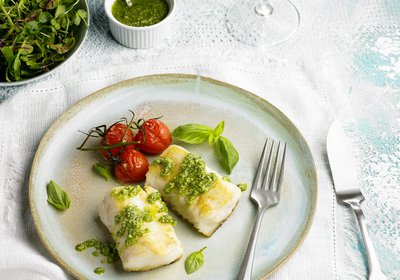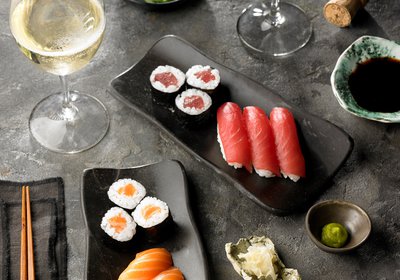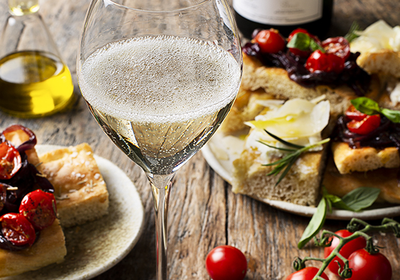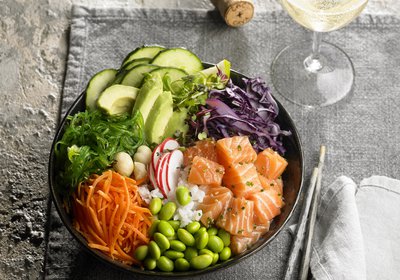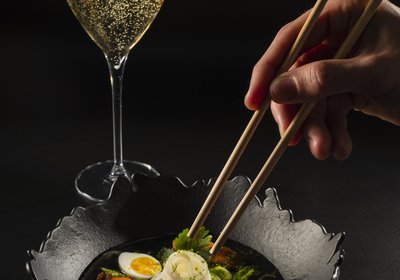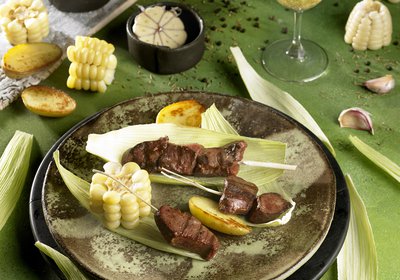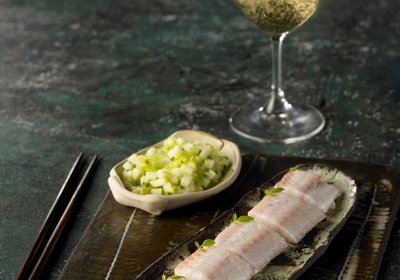Sea Bass Ceviche
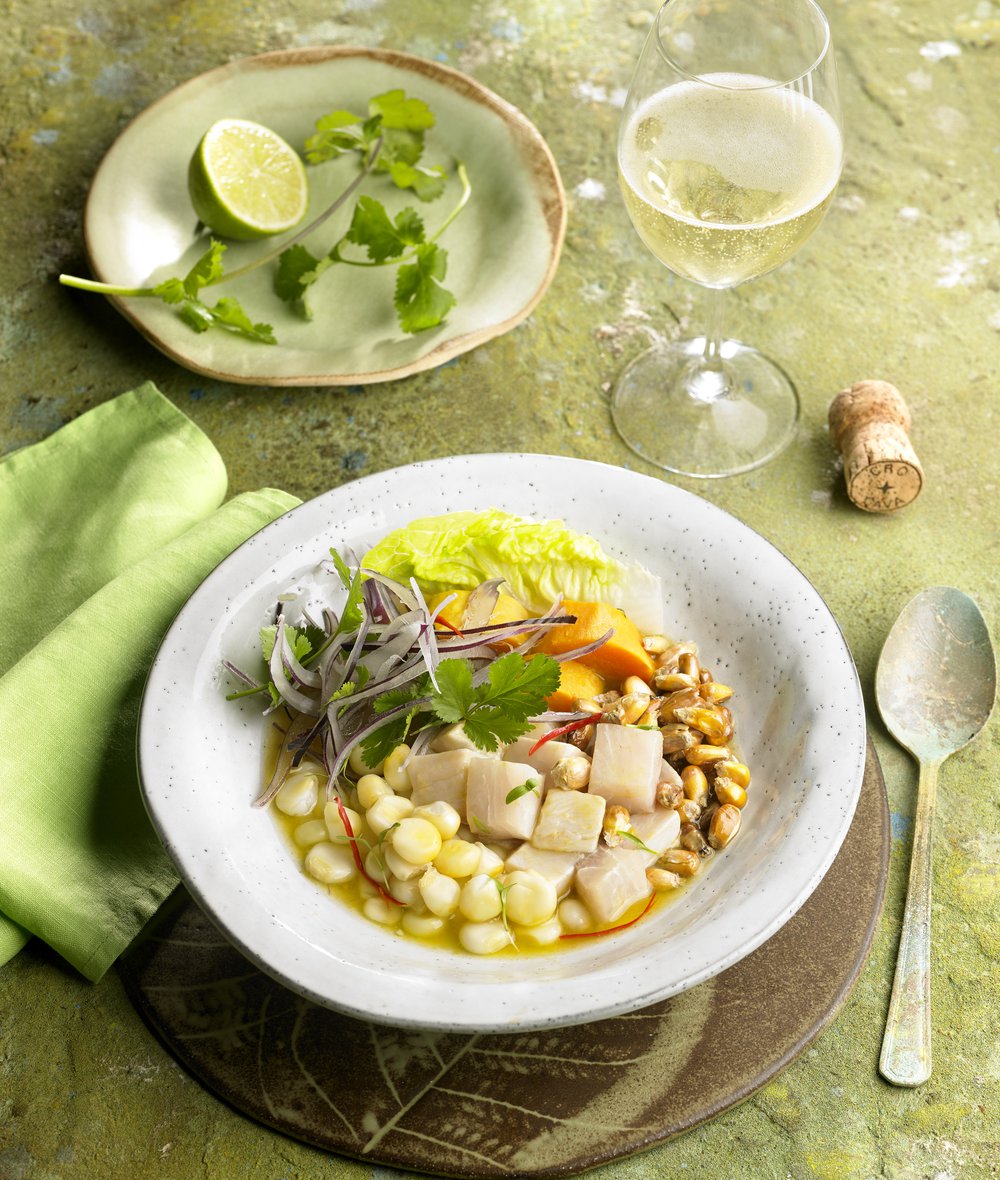
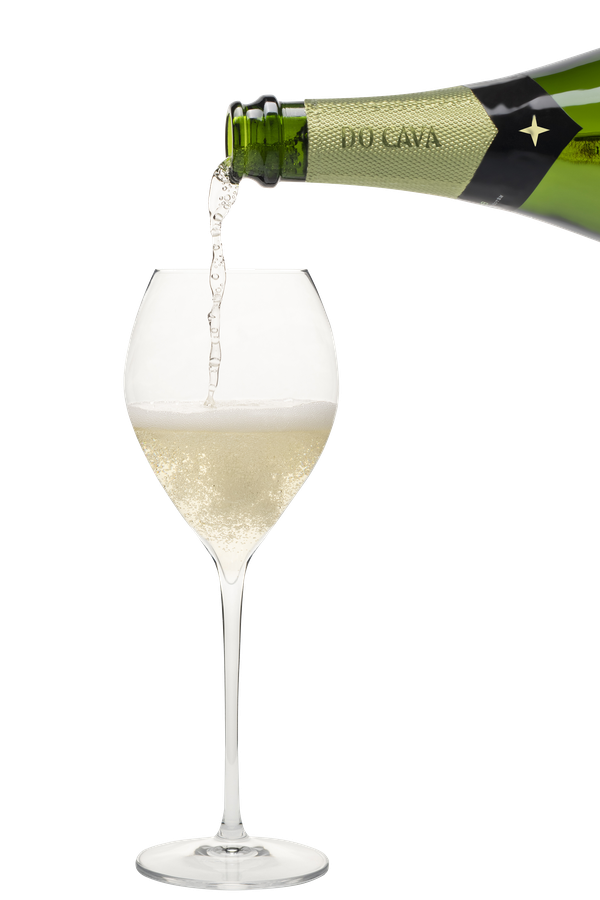
Ceviche is one of the most refreshing Latin American dishes and its origins lie in Peru. The first recipe for this dish appeared in 1860 and comes from Manuel Atanasio Fuentes, who mentions it in La Guía de Lima. However, well-known Peruvian chef Gastón Acurio says that "ceviche isn't a recipe, it's a concept of life". And it has to be said that there are indeed a huge variety of ceviches. And also a good number of different theories on where the dish and its name come from.
Regardless of its origins, the reality is that all ceviches still use the same basic ingredients: pieces of whitefish, red onion in julienne, lemon juice, ají, chopped coriander and salt. Interestingly, the juice used in the preparation of ceviches is commonly known as tiger's milk. It's what's left over on the plate after eating the ceviche, and today it's used for preparing other dishes.
In 2004, ceviche was declared a part of the National Cultural Heritage by Peru’s National Institute of Culture. And Ceviche Day has been celebrated each year on 28 June since 2008.
At the Cava Regulatory Board we’d like to offer you a recipe for sea bass ceviche, paired with a traditional cava (aged for more than 9 months) so that you can fully appreciate the fresh, delicious taste.
Ingredients
Instructions
Don't forget to serve it with a traditional cava (aged for more than 9 months) to contrast with all the flavours that are so characteristic of ceviche. But if you want to surprise all the guests with a really traditional touch, try serving it with some pieces of sweet potato and Peruvian corn.
